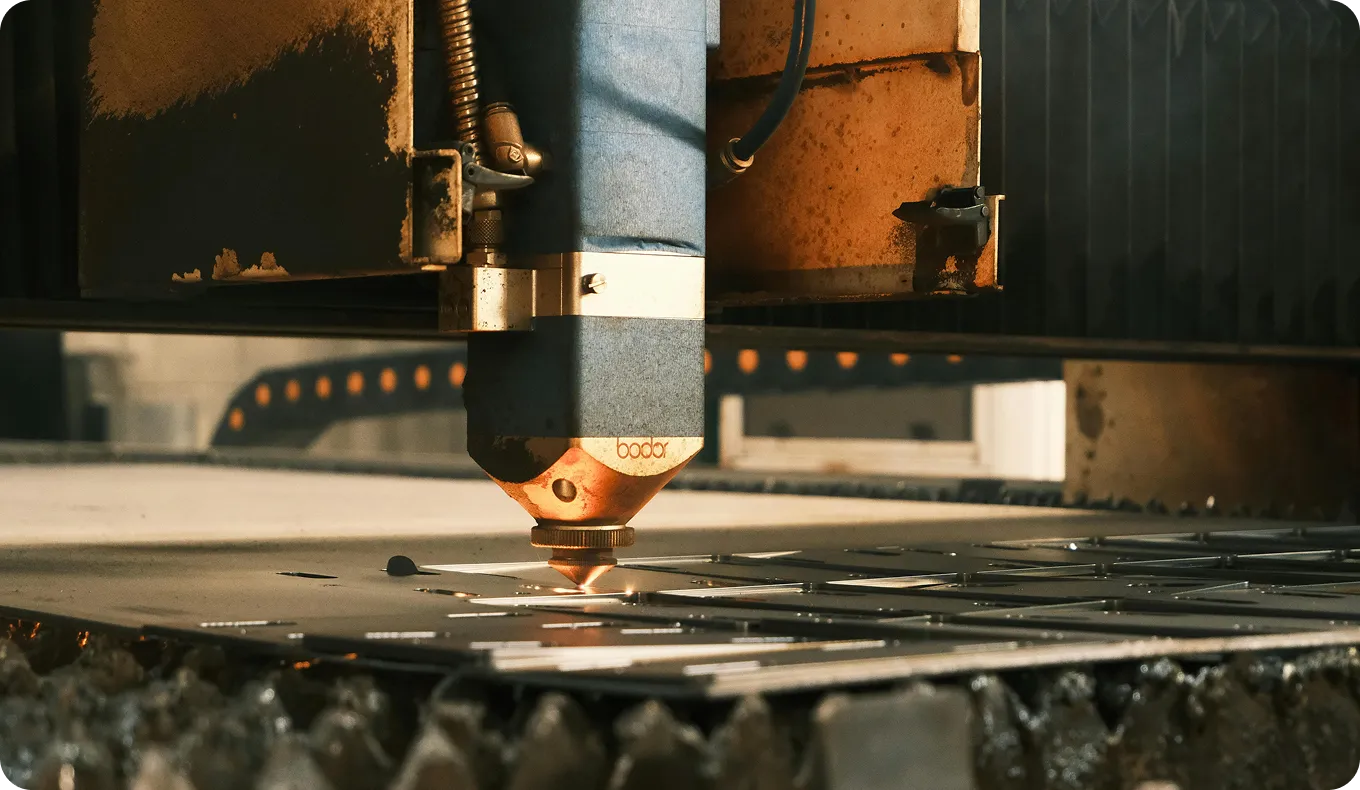Text-to-Image
Transform text into stunning visuals with Text-to-Image AI. Discover how generative models bridge language and imagery for creative innovation.
Text-to-Image is a transformative subfield of Generative AI that allows users to create novel images from simple text descriptions. By inputting a phrase or sentence, known as a prompt, these AI models can synthesize detailed and often complex visual content that aligns with the textual input. This technology bridges the gap between human language and visual creation, leveraging powerful deep learning models to translate abstract concepts into concrete pixels. The process represents a significant leap in creative and technical capabilities, impacting fields from art and design to scientific research.
How Text-to-Image Models Work
At their core, Text-to-Image models are powered by complex neural networks, most notably diffusion models and Transformers. These models are trained on massive datasets containing billions of image-text pairs. During training, the model learns to associate words and phrases with specific visual features, styles, and compositions. A key innovation in this space is Contrastive Language-Image Pre-training (CLIP), which helps the model effectively score how well a given text prompt matches an image. When a user provides a prompt, the model often starts with a pattern of random noise and iteratively refines it, guided by its understanding of the text, until it forms a coherent image that matches the description. This process requires significant computational power, typically relying on high-performance GPUs.
Real-World Applications
Text-to-Image technology has numerous practical applications across various industries:
- Creative Arts and Design: Artists and designers use tools like Midjourney and DALL-E 3 to generate unique artwork, marketing visuals, and concept art for films and video games. This accelerates the creative process and opens new avenues for expression. For example, a game designer could generate dozens of character concepts in minutes simply by describing them.
- Synthetic Data Generation: Models can create realistic synthetic data for training other AI models. For instance, in the development of autonomous vehicles, developers can generate images of rare traffic scenarios or adverse weather conditions to create more robust training data without expensive real-world data collection. This complements traditional data augmentation techniques.
- Prototyping and Visualization: Engineers and architects can quickly visualize product ideas or building designs from textual descriptions. This allows for rapid iteration before committing resources to physical prototypes, as explored in fields like AI-driven product design.
- Education and Content Creation: Educators can create custom illustrations for teaching materials on demand, while content creators can generate unique visuals for blogs, presentations, and social media, as seen in various generative AI tools.
Text-to-Image vs. Related Concepts
It is important to differentiate Text-to-Image from other related AI technologies:
- Text Generation: While both are generative tasks, Text-to-Image produces visual output, whereas text generation models like GPT-4 produce written content. They operate on different output modalities.
- Computer Vision (CV): Traditional computer vision is typically analytical, focusing on understanding existing visual data. For example, an object detection model like Ultralytics YOLO identifies objects in an image. In contrast, Text-to-Image is generative, creating new visual data from scratch.
- Text-to-Video: This is a direct extension of Text-to-Image, generating a sequence of images (a video) from a text prompt. It is a more complex task due to the need for temporal consistency, with models like OpenAI's Sora leading the way.
- Multi-modal Models: Text-to-Image systems are a type of multi-modal model, as they process and connect information from two different modalities (text and images). This category also includes models that can perform tasks like visual question answering.
Challenges and Considerations
Despite rapid progress, significant challenges remain. Crafting effective prompts, a practice known as prompt engineering, is crucial for achieving desired results. Furthermore, major ethical concerns exist regarding AI bias in generated images, the potential creation of harmful content, and the misuse of this technology to create deepfakes. The Stanford HAI provides insights into these risks. Responsible development and adherence to AI ethics are essential for mitigating these issues. Platforms like Ultralytics HUB provide tools to manage the lifecycle of various AI models, promoting best practices in model deployment.







.webp)
